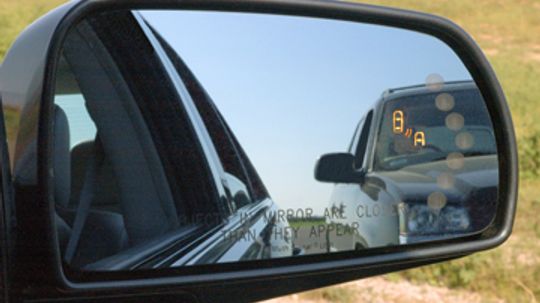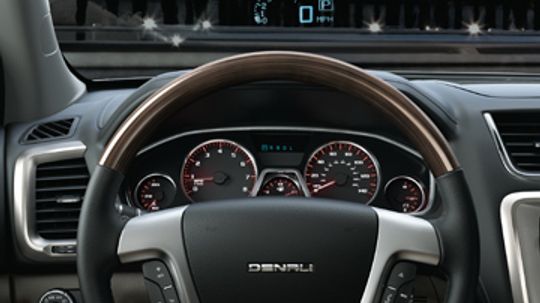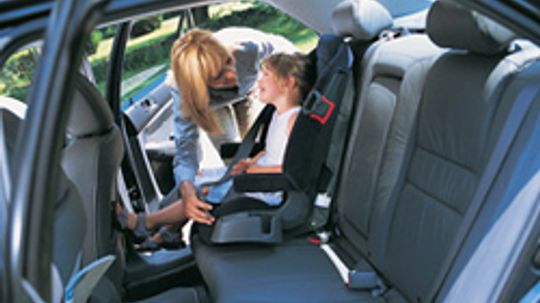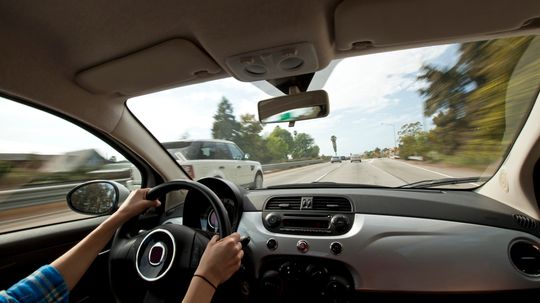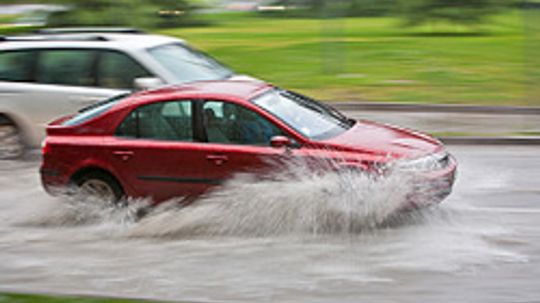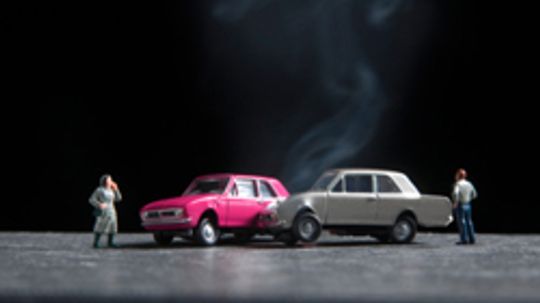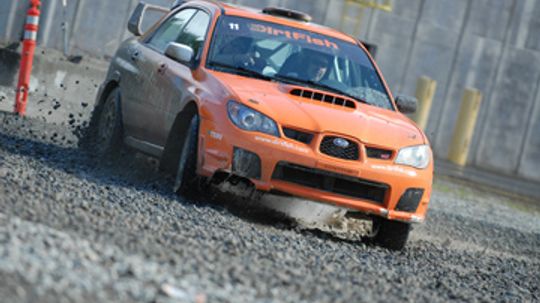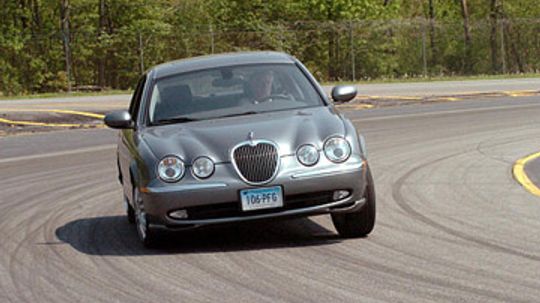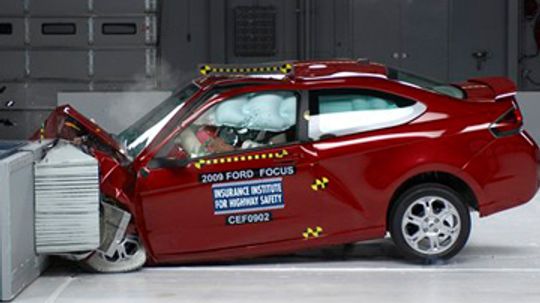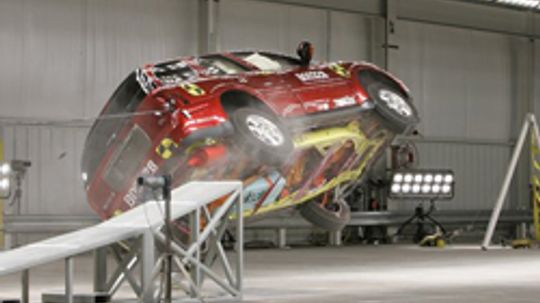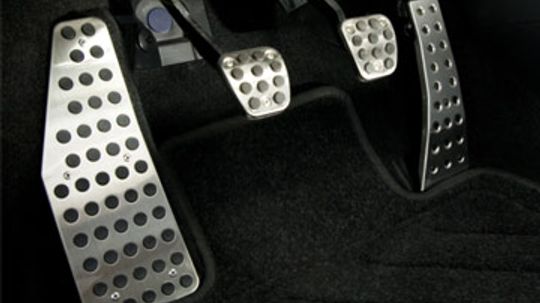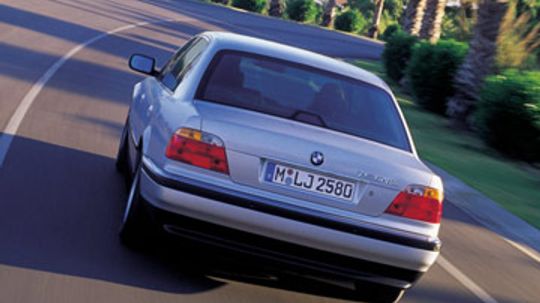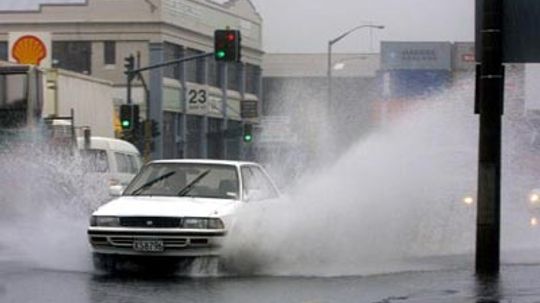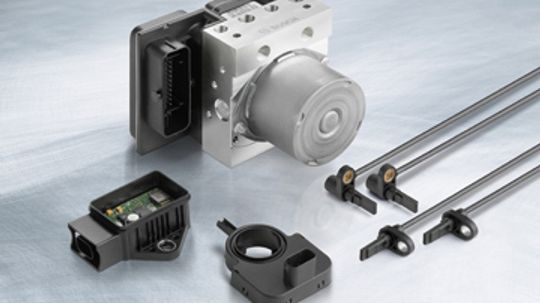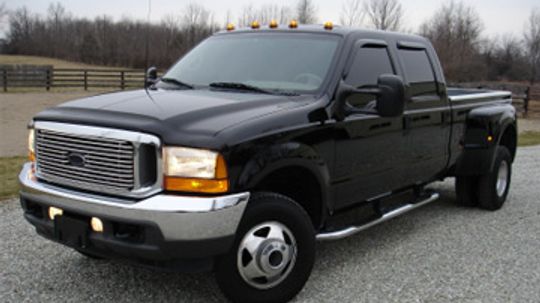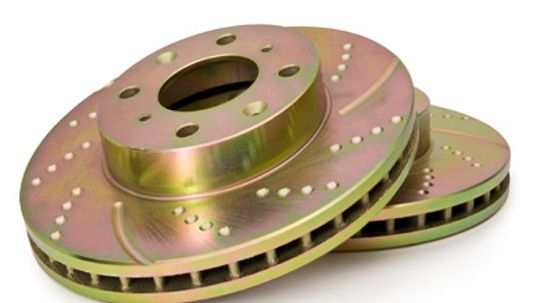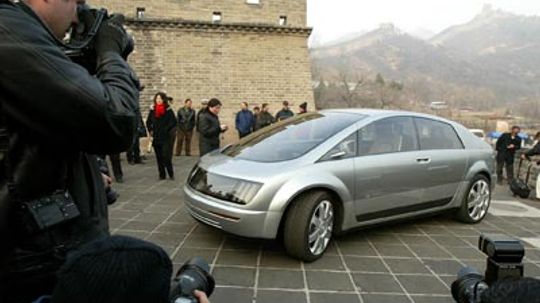Car Driving and Safety
The Car Driving and Safety Channel offers safety tips and expert advice. Become a better driver with the Car Driving and Safety Channel.

Car Safety Systems Don't Always 'See' in Bad Weather, AAA Says

Your Chances of Hitting a Deer Rise in the Fall

Do Bikes Slow Down Car Traffic? Actually, No
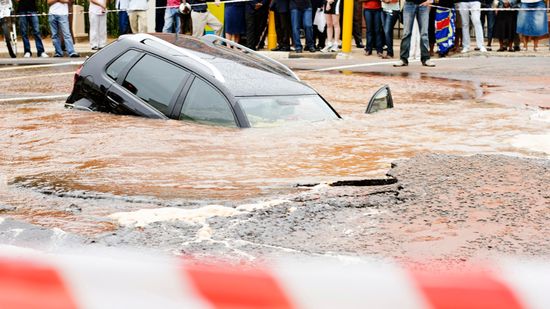
How to Escape a Sinking Car

Should Licensed Drivers Be Tested Periodically?

Would Your Car Pass the Moose Test?
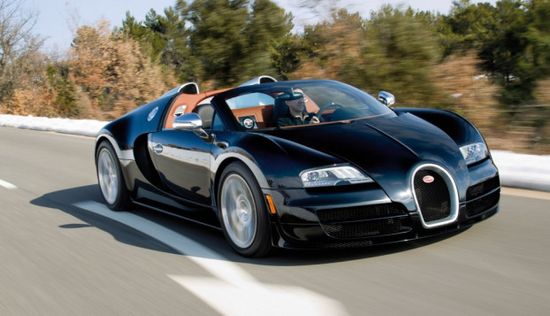
How Speed Limiters Work
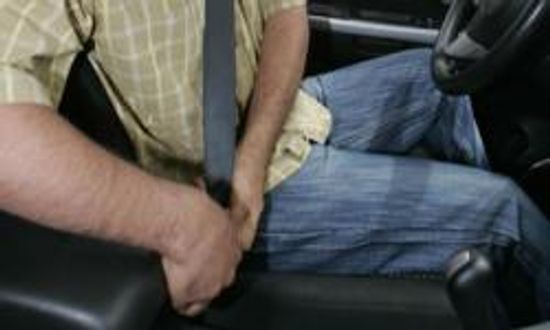
How Seat Belts Work
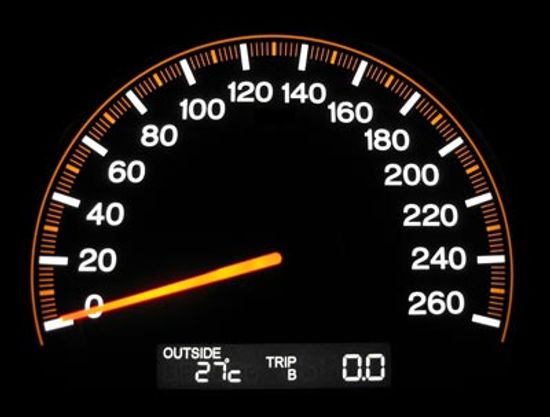
How Speedometers Work
Learn More / Page 4
Every auto manufacturer approaches the problem of blind-spot detection in a slightly different manner. Some are high-tech and others are low-tech. Which do you prefer?
Head-up displays are much more than just a novelty or a new way of viewing navigation directions. In fact, HUDs could very well be one of the best safety systems your car has ever seen.
The LATCH system makes it easier to select and install a car seat. But there are still important choices for you to make -- and actions for you to take -- to ensure your child's safety.
Advertisement
That pesky hiding place near your car's rear fenders is known as the blind spot -- and yes, it's dangerous. But if you follow these mirror adjustment tips, it'll never bother you again.
There's no denying it: Some drivers do really dumb things when a storm with high winds is on its way. But if you take this advice, you just may find yourself stuck in a ditch.
If there's a 100-percent chance of precipitation on your local roads, here's a quick list of driving habits you should immediately get rid of.
Some drivers are paralyzed with fear when it comes to driving in the fog. Sure, it can be dangerous; but if you use your common sense you can tackle that fog head on.
Advertisement
After an accident, there are steps you should take to ensure your own safety and the safety of the other driver. However, there are also a few things you should never, ever do after a wreck.
Most drivers are trained to fear the slide. But as any professional driving instructor will tell you, you need to learn to embrace the slide.
What to do if you hit a deer with your car is explained in this article. Find out what to do if you hit a deer with your car.
Automobile manufacturers will do whatever it takes to ensure their product can stand the test of time. But what's involved in the long-term durability testing process? How far will they really go?
By Eric Baxter
Advertisement
Transportation is such an important field that automotive research can't only be left to the auto manufacturers. Independent research organizations do studies, too. But how do automakers use this research?
Seat belts, airbags and crumple zones are among the familiar passive safety features found in cars and trucks these days. But do you know how your car's passive automotive safety is tested?
Automotive testing is much more than merely smashing a car into a wall at high speed. In fact, there are aspects of automotive testing that you might find surprising, quirky or even downright bizarre.
It used to be easy to make your car go faster -- just step on the accelerator, and the throttle would manually open. Today, many cars use electronic throttle control. What does it take for sensors and computers to control a car's speed?
Advertisement
If your car starts speeding out of control, your natural response is to step on the brake. But what if that doesn't stop your car? A brake override system is one way to bring things to a stop.
Today, the average new car has between 30 and 80 electronic control systems under the hood. With technology-based recalls making headlines, it's easy to wonder: Is all this technology making cars more dangerous?
In the next few years, side curtain airbags will be a key safety feature in most new cars. How do they complement traditional airbags to keep you safe on the road?
Wet, slippery roads are one of the major dangers that drivers face, especially because they increase the chances of hydroplaning. What should you do if you start to lose control of your car during a heavy downpour of rain?
Advertisement
German auto supplier Bosch developed the first electronic stability control system in the mid-1990s. Decades later, most cars and SUVs are equipped with electronic stability control as standard equipment.
An electronic brake force distribution system determines the exact amount of brake force required at each wheel during any braking situation. But how does the system precisely modulate the brake force?
Your car or truck could be equipped with hill-start control and you probably wouldn't even know it was there. But don't underestimate the importance of this system that operates in the background.
Without special auto glass, we'd be in trouble every time we hit a pothole or got into a fender bender. Auto glass is specially made to keep from shattering. Find out how.
Advertisement
If you've ever slammed on the brakes to barely avoid a collision, you know full well how important brake assist can be. Brake assist helps stop a vehicle faster to avoid crashes.
It's a technology that's been well-tested in the aviation industry for nearly two decades. So, why are automakers reluctant to bring drive-by-wire technology to the showroom floor -- or are they?
By John Fuller
